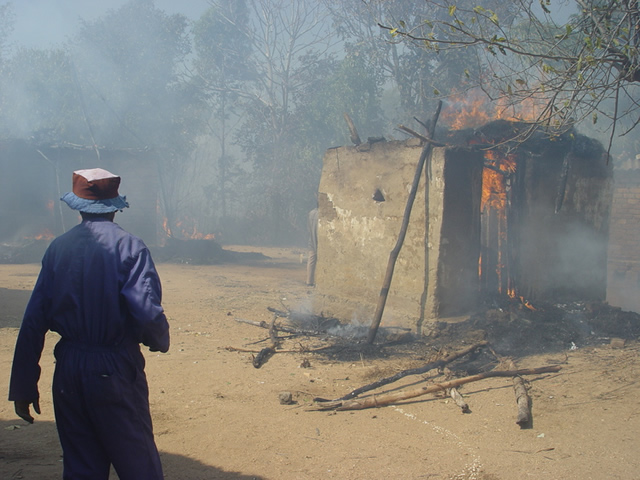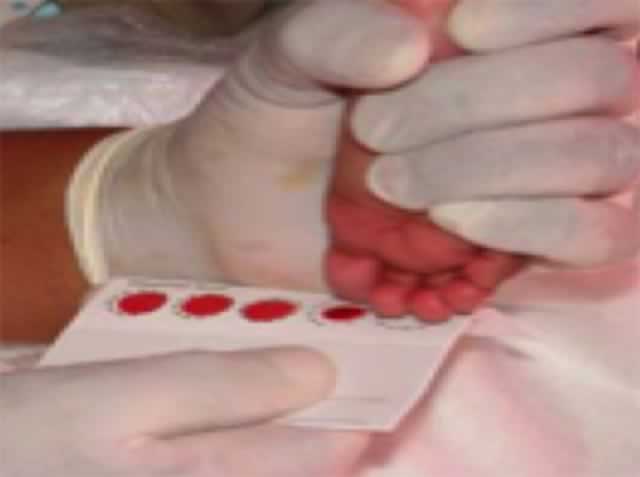Curse of Hwange’s mystery fires

Rutendo Mapfumo Features Correspondent
A three-year-old baby crawled over burning logs in a desperate attempt to escape as the fire-engulfed roof of the grass-thatched hut started collapsing and caving in.
The logs had turned red and the blocks of bricks fell simultaneously on the blankets, where the little girl slept.
The grey-brownish smoke angrily covered the sky, obstructing the sun’s rays and suddenly there was the smell of roasted flesh.
Villagers stood shocked and helpless as the fierce fire grew stronger and stronger, urged on by a strong westerly winds.
The feeble cry of the burning baby touched Gogo MaNcube. With motherly instinct Gogo attempted to rescue the child but the hut further collapsed and the baby cried the last. She was dead and being roasted.
This is one of the heart-rending stories of the spontaneous fires that have troubled Madumabisa Village in Chief Hwange’s area.
The huge coal beds underlying much of the Hwange area provide wealth for miners and energy for Zimbabwe.
Coal bed methane has killed miners over the decades, but also promises one day to fuel new efficient power stations that will keep the lights on in Zimbabwe’s cities. But for those who live above these coal beds, they can be a danger.
The fires have left the community leadership in a quandary as no real research has been done on how the coal beds and the methane gas they contain cause the fires, and how the local community can build differently, or build in different places, to minimise or even eliminate the dangers.
Some practical scientific research is desperately needed.
In Madumabisa, mud-and-pole huts are dotted along Masue River and its array of tributaries. Each homestead has several of these huts whose roofs totter with age or architectural mistakes.
The low-lying roofs, have more often that not been found gutted by spontaneous fires that have killed villagers, especially young children.
Some of the grass thatched houses have plastics and tins standing as curtains and windows. Just a stone’s throw away from this resettlement area, there is the Chinese South mining company which has provided most youngsters of this area with employment.
“This village is a blessed one yet very cursed,” said the village head Mr Herbert Mobe.
“We have a coal mine next to us, the land as well as everything we need but the most creepy thing is our place has got a lot of mishaps which we are failing to understand,” he said.
The village head said when the story of fires started, it was understandable at first because the fire did not claim any lives. The second incident which occurred barely a month after the first made the community raise their eyebrows.
“A month after the first incident, a young boy was found burnt covered with a wheel- barrow. He was so badly burnt he had to be hospitalised for a month at St Patrick’s Hospital in Hwange.
“We suspected foul play but we were not very sure. At one stage we found a wheelbarrow burning with a child playing underneath. But a wheelbarrow is made of metal. I was puzzled and up to now I am still puzzled,” said the village head.
The third incident, he said, was the touching death of the three-year-old child who got burnt while fellow villagers helplessly watched in horror.
“Other than these mysterious fires, we have recorded also some misfortunes. Some people in this community suddenly started getting hysterical and others committed suicide,” he said.
Meanwhile, a frightened Mrs Sibongile Dube said something had to be done urgently.
“My family and I are living in fear. We don’t know what is starting this fires, and we don’t know the next target, something must be done soon,” said Dube.









Comments